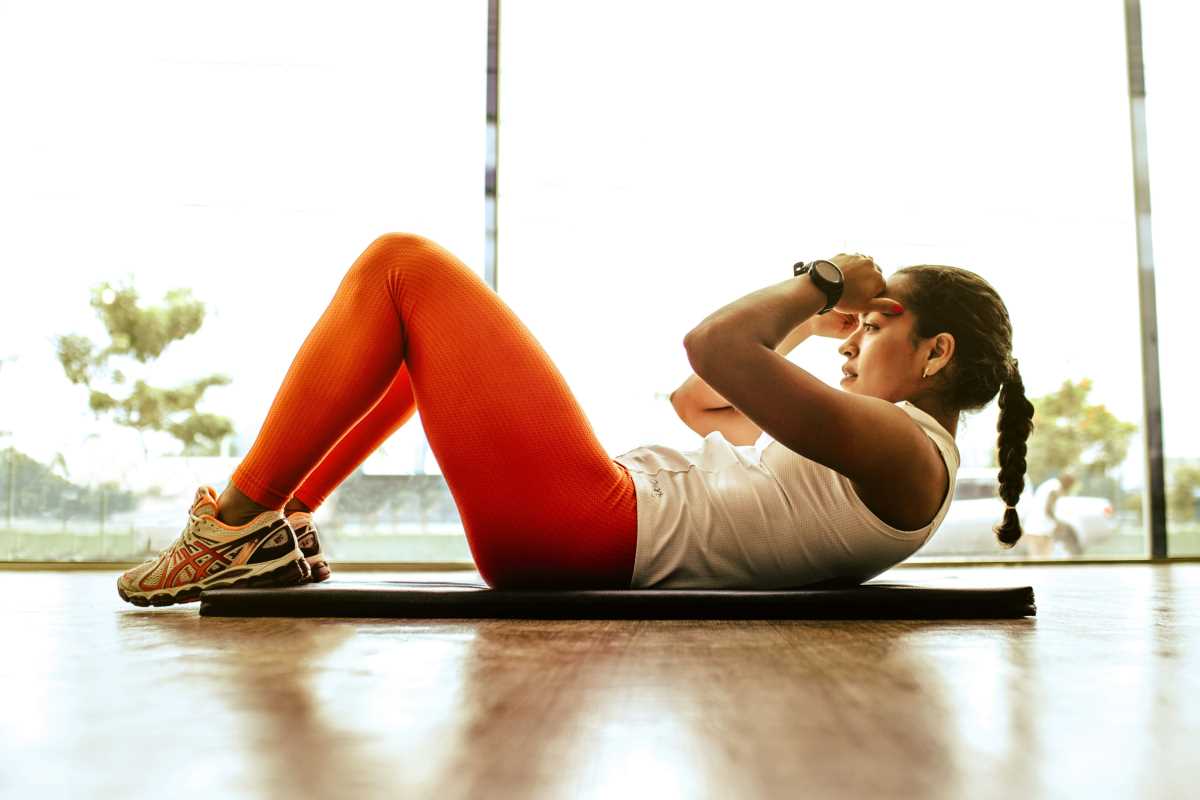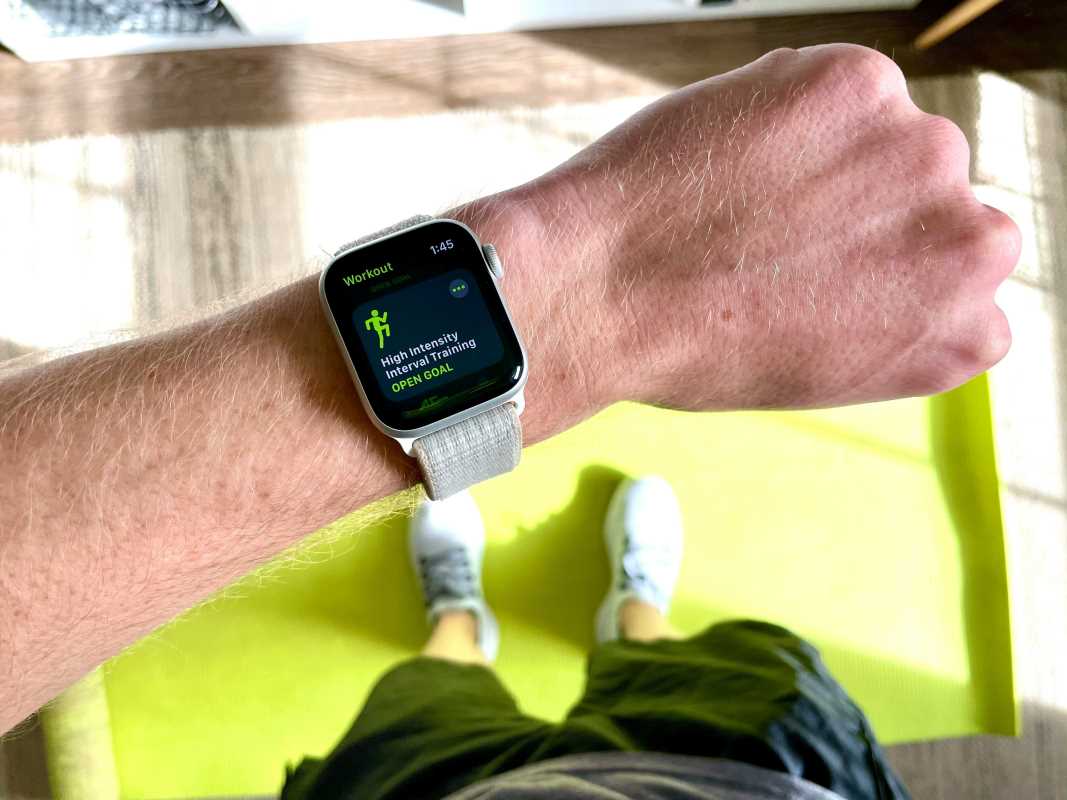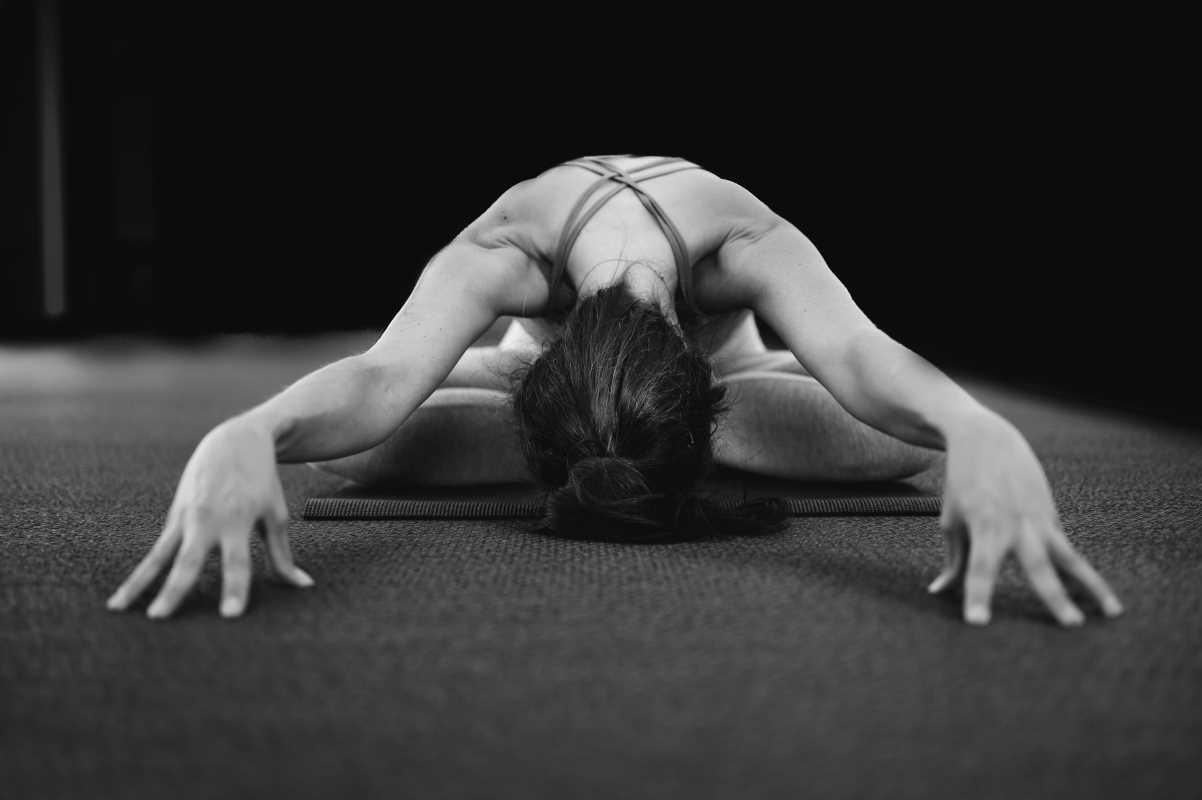Staying active in the great outdoors is a rewarding way to keep both your body and mind healthy. There’s something about fresh air, sunlight, and open spaces that makes exercise feel more invigorating. Beyond the physical perks, outdoor fitness offers mental health benefits like improved mood and reduced stress levels. What’s even better? Many outdoor activities can be enjoyed in any season, from sunny summers to chilly winters.
If you’re looking to mix up your fitness routine, try these five outdoor activities. They’re perfect for year-round fun and can easily be adapted to suit the changing weather.
1. Hiking
Hiking is a powerful blend of cardio, strength training, and mindfulness. Whether you’re exploring flat trails or climbing steep hills, hiking challenges your muscles, boosts endurance, and immerses you in the tranquility of nature. It’s an excellent way to disconnect from screens, de-stress, and breathe in fresh air.
Benefits of Hiking
- Full-body workout: Hiking engages your legs, core, and even stabilizing muscles in your ankles and hips.
- Cardiovascular health: Climbing inclines gets your heart pumping, improving overall endurance.
- Mental rejuvenation: Immersing yourself in nature promotes mindfulness and boosts mental clarity.
Seasonal Tips
- Spring and Summer: Bring water, sunscreen, and a hat to protect yourself from the elements. Try early morning hikes to beat the heat.
- Fall: Enjoy the crisp air and colorful foliage. Pack an extra layer for cooler temperatures.
- Winter: Invest in insulated, waterproof boots and consider using trekking poles for stability on icy trails.
Download a trail-finding app to discover local hiking spots tailored to your fitness level. Don’t forget to leave no trace by packing out any trash!
2. Outdoor Yoga
Outdoor yoga combines the strengthening and stretching benefits of yoga with the peaceful atmosphere of nature. Practicing yoga outside allows you to escape the confines of indoor spaces and connect more deeply with the environment around you.
Why Outdoor Yoga?
- Improved focus: The sights and sounds of nature help ground you in the moment and deepen your practice.
- Stress relief: Yoga’s calming poses, paired with fresh air, amplify its stress-reducing effects.
- Flexibility at any level: You don’t need to be an advanced practitioner to benefit; even beginner-friendly flows feel amazing outdoors.
Seasonal Variations
- Spring: Enjoy soft grass underfoot and budding flowers. Bring a lightweight mat or towel for extra support.
- Summer: Sunrise or evening sessions are ideal to avoid peak heat. Seek shady spots under trees for comfort.
- Fall: Crisp air makes outdoor yoga especially refreshing. Focus on grounding poses like tree pose to connect with the serene environment.
- Winter: Try layering with thermal clothes and practicing sun salutations to keep warm. If snow is present, stick to standing or balance-based poses.
Outdoor yoga is simple to adapt to the seasons, whether it’s on a quiet beach, in your backyard, or atop a scenic hill.
3. Cycling
Whether you’re cruising on a city bike or shredding trails on a mountain bike, cycling offers an efficient cardio workout while keeping things fun and adventurous. It’s also a sustainable mode of transport that combines exercise with practical travel for errands or commutes.
Health Benefits of Cycling
- Low-impact cardio: Cycling is easier on the joints than activities like running, making it ideal for all fitness levels.
- Leg strength: It targets your quads, hamstrings, and calves.
- Core and balance: Steering and maintaining stability on different surfaces require core engagement.
Seasonal Adaptations
- Spring: Ensure your bike is tuned up before hitting trails. Pack waterproof gear in case of spring showers.
- Summer: Stay cool by planning early rides and seeking shaded bike paths. Hydrate frequently and reapply sunscreen.
- Fall: Don layers to handle cooler temperatures, and watch for wet leaves that may create slippery surfaces.
- Winter: Consider using a stationery bike indoors or attaching winter tires if you’re riding outdoors. Thermal gloves and shoe covers are must-haves for colder weather.
Bullet Point Tips for Beginners:
- Start small with 20-30 minute rides to build stamina.
- Use bike paths and quiet streets for safer, more relaxed rides.
- Wear a helmet and reflective gear. Safety first!
Cycling is a versatile activity that lets you explore your surroundings while building fitness over time.
4. Bodyweight Circuit Training in Parks
Public parks are the ideal backdrop for bodyweight circuit training. Leveraging your surroundings, you can create a creative and challenging routine using what’s readily available, like benches, railings, or even open fields. This mix of cardio and strength training offers a well-rounded workout without the need for equipment.
Example Circuit
- Park Bench Push-Ups: Use a sturdy park bench for incline push-ups, making the move more accessible.
- Step-Ups with Knee Drive: Step onto a bench or low wall, driving your opposite knee upward for a balance challenge.
- Squats Sprints: Perform 10 air squats, then sprint for 30 seconds, repeating for 3 cycles.
- Plank Shoulder Taps: Hold a plank and tap your shoulders alternately to engage your core and upper body.
Benefits of Circuit Training Outdoors
- Strengthens multiple muscle groups simultaneously.
- Burns calories quickly through high-intensity intervals.
- Keeps every workout dynamic and engaging by using your surroundings.
Seasonal Variations:
- Spring and Summer: Wear moisture-wicking clothes and bring plenty of water to stay cool during high-intensity movements.
- Fall: Use dry, stable surfaces to minimize slipping on leaf-covered ground.
- Winter: Layer up, focus on safer, grounded exercises, and limit static stretching in colder temperatures to prevent injury.
Bodyweight circuit training proves that some of the best workouts are free and right outside your front door!
5. Trail Running
Trail running combines the rhythmic, meditative nature of running with the strong connection to nature that comes from exploring off-road paths. It’s more engaging than running on a treadmill or paved road, as the terrain constantly changes, challenging your body in new ways.
Benefits of Trail Running
- Functional strength: Uneven surfaces improve ankle and knee stability over time.
- Prevents boredom: Varied scenery keeps your mind actively engaged.
- Great cardio: Sustained effort on hills or rugged paths elevates your heart rate more than flat-road running.
Seasonal Adjustments
- Spring: Pick trails with good drainage to avoid muddy, slippery conditions.
- Summer: Wear lightweight, breathable trail running shoes and stick to shaded routes during peak sun hours.
- Fall: Revel in the crunch of fallen leaves but beware of hidden roots or rocks.
- Winter: Use trail shoes with rugged treads for traction on icy or snowy paths. Consider Yaktrax or other attachments for added grip.
Carry a small hydration pack and a charged phone for longer runs in case of emergencies. Start with shorter distances to adapt to the uneven terrain safely.
Trail running is one of the most accessible ways to take your fitness routine outdoors while immersing yourself in the beauty of nature.
.jpg) (Image source: Midjourney)
(Image source: Midjourney) 





